When Andy Warhol was born on August 6, 1928, the art world was already buzzing with revolutionary movements that had transformed creative expression across the globe. Cities had become magnetic centers where artists gathered, rebelled against tradition, and birthed entirely new ways of seeing the world. From the smoky cafés of Montmartre to the industrial warehouses of New York’s SoHo, urban environments provided a perfect storm for modern art—where cultural collisions, economic opportunity, and creative freedom converged.
These artistic epicenters didn’t just happen by accident—they emerged from unique combinations of social upheaval, technological advancement, and the kind of creative energy that only comes when brilliant minds cluster together. Here is a list of 20 cities that fundamentally changed how we think about art, each leaving an indelible mark on the movements that continue to influence artists today.
Paris, France
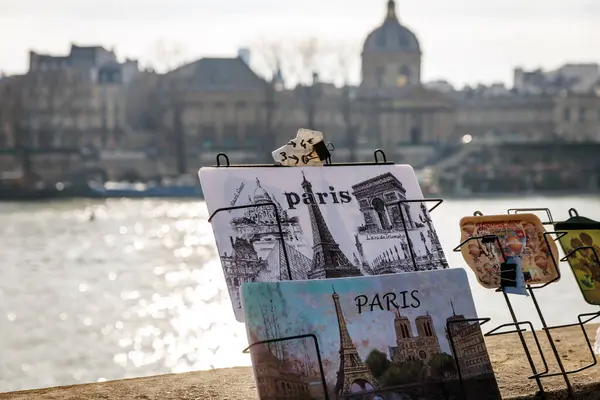
Paris earned its reputation as the art capital of the world during the late 19th and early 20th centuries, birthing Impressionism, Cubism, and Fauvism in rapid succession. The city’s affordable Montmartre district became a creative playground where Picasso, Monet, and Renoir could experiment freely while living on practically nothing.
Think of Paris as the original Silicon Valley for artists—a place where creative risk-taking was not just accepted but celebrated, and where one conversation at a café could spark an entire artistic revolution.
New York City, USA

New York transformed from an artistic backwater to the global art capital after World War II, becoming the birthplace of Abstract Expressionism and later, Pop Art. The city’s relentless energy and commercial spirit provided the perfect backdrop for artists like Jackson Pollock and Andy Warhol to create art that was boldly American in scale and ambition.
Manhattan’s gallery scene and collector culture created an ecosystem where experimental art could pay the bills, something that had rarely happened before in art history.
Like Travel Pug’s content? Follow us on MSN.
Berlin, Germany

Berlin became the epicenter of German Expressionism in the early 1900s, producing art that was raw, emotional, and unapologetically intense. The city’s political tensions and rapid industrialization created a perfect storm for artists who wanted to capture the psychological anxiety of modern life.
Groups like Die Brücke used Berlin as their laboratory for creating art that screamed rather than whispered, fundamentally changing how emotion could be expressed on canvas.
Vienna, Austria

Vienna’s fin de siècle atmosphere gave birth to the Vienna Secession movement, where artists like Gustav Klimt broke away from traditional academic art with stunning decorative styles. The city’s intellectual ferment, influenced by figures like Freud, created an environment where artists felt free to explore themes of psychology and human desire.
Vienna proved that art movements could emerge from a city’s entire cultural ecosystem, not just its art schools.
Barcelona, Spain
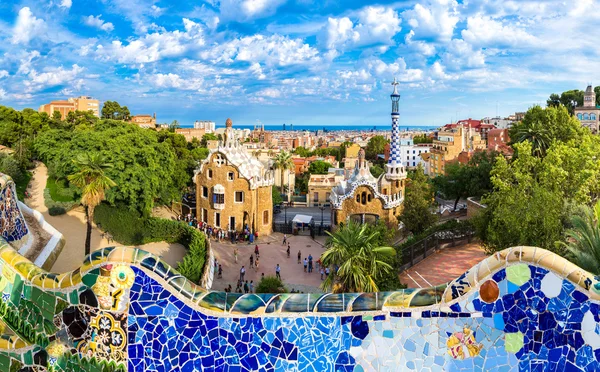
Barcelona became the heart of Modernisme, Spain’s answer to Art Nouveau, with architects and artists like Antoni Gaudí creating fantastical works that seemed to grow organically from the earth. The city’s Catalan identity and desire for cultural independence fueled an artistic movement that was both deeply local and internationally influential.
Barcelona showed how regional pride could power artistic innovation that spoke to universal human experiences.
Like Travel Pug’s content? Follow us on MSN.
Moscow, Russia
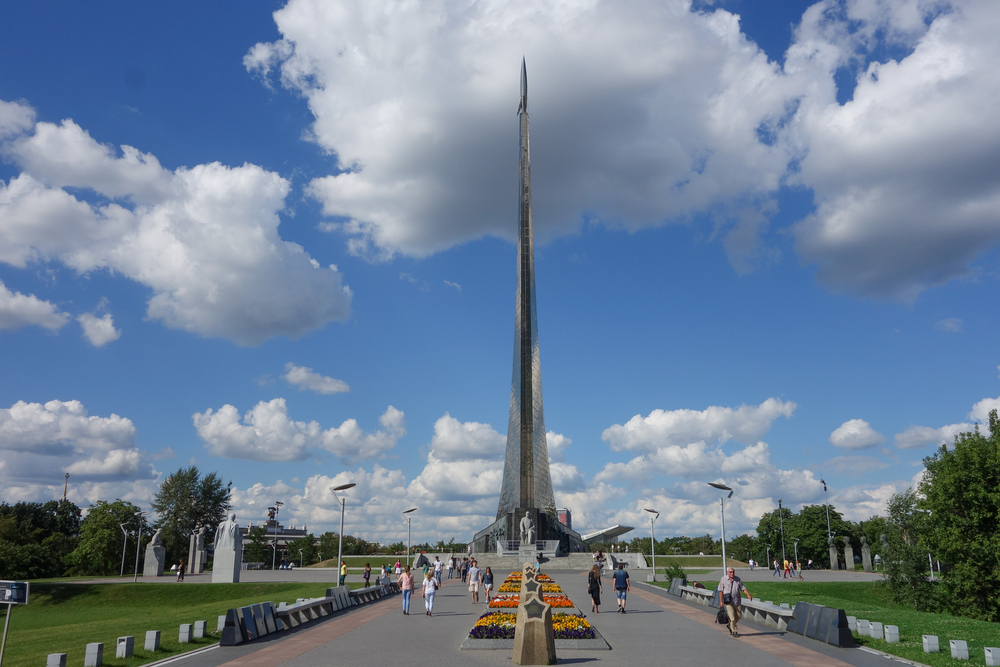
Moscow became the birthplace of Constructivism after the Russian Revolution, where artists like El Lissitzky created bold geometric art meant to serve the new socialist society. The city’s revolutionary fervor translated into art that was aggressively modern, rejecting bourgeois decoration in favor of functional beauty.
Moscow proved that political upheaval could catalyze entirely new aesthetic philosophies that would influence design and architecture worldwide.
Amsterdam, Netherlands
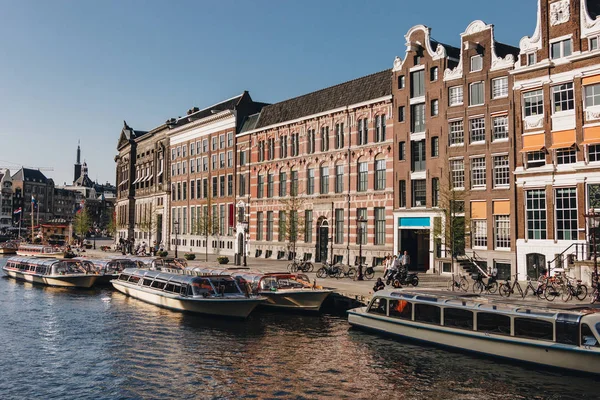
Amsterdam nurtured the De Stijl movement, where artists like Piet Mondrian stripped art down to its most essential elements—straight lines, right angles, and primary colors. The city’s Protestant work ethic and philosophical traditions helped cultivate a space where artistic purity and spiritual seeking could coexist.
Amsterdam demonstrated that sometimes the most revolutionary art comes from radical simplification rather than increasing complexity.
Munich, Germany
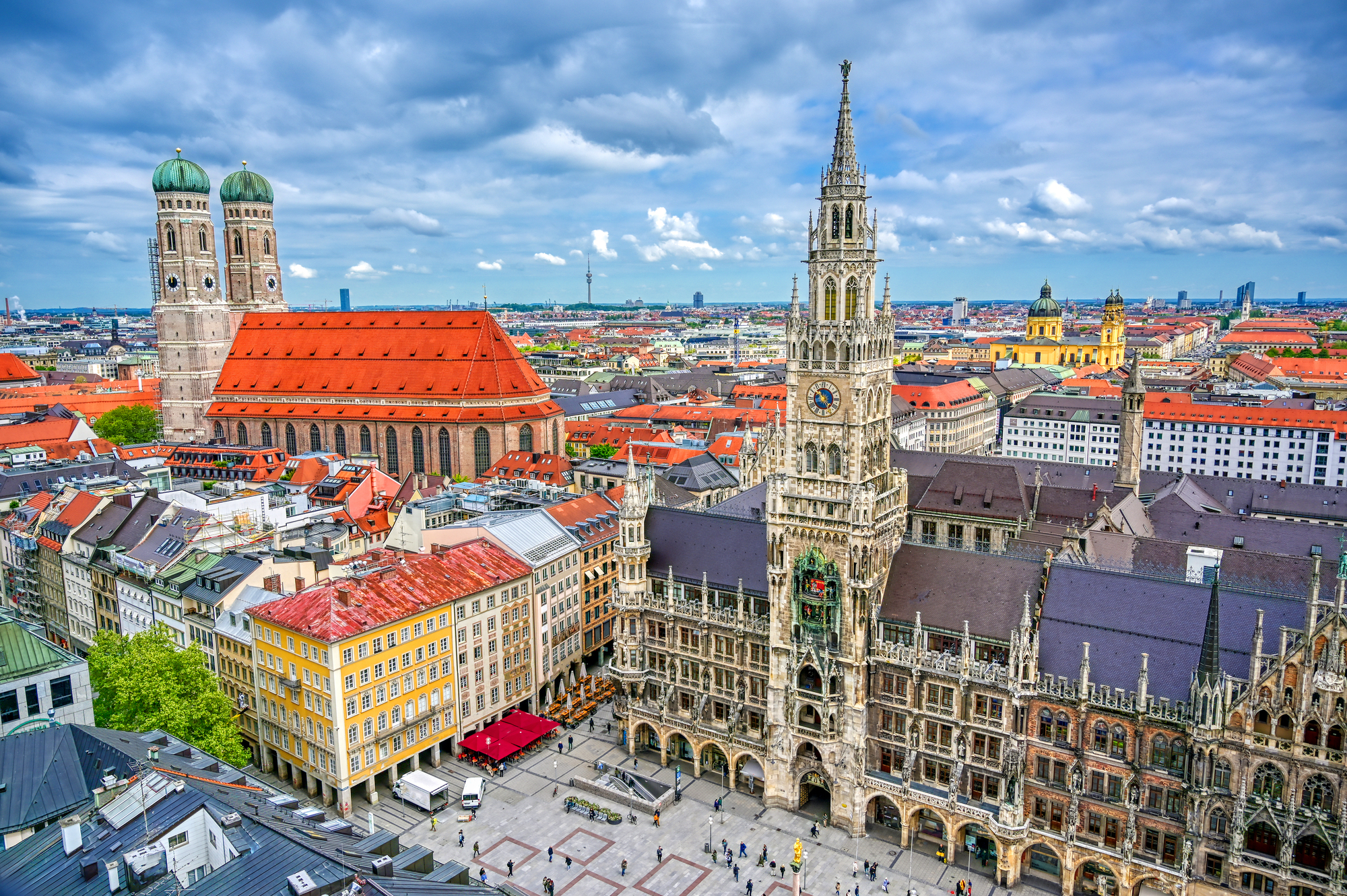
Munich became home to Der Blaue Reiter, a group of artists including Wassily Kandinsky, who pioneered abstract art by removing all recognizable objects from their paintings. The city’s position between Eastern and Western European cultures created a unique cross-pollination of ideas that proved essential for artistic breakthrough.
Munich showed that abstraction wasn’t just about removing things from art—it was about discovering what remained when everything familiar was stripped away.
Like Travel Pug’s content? Follow us on MSN.
Dresden, Germany
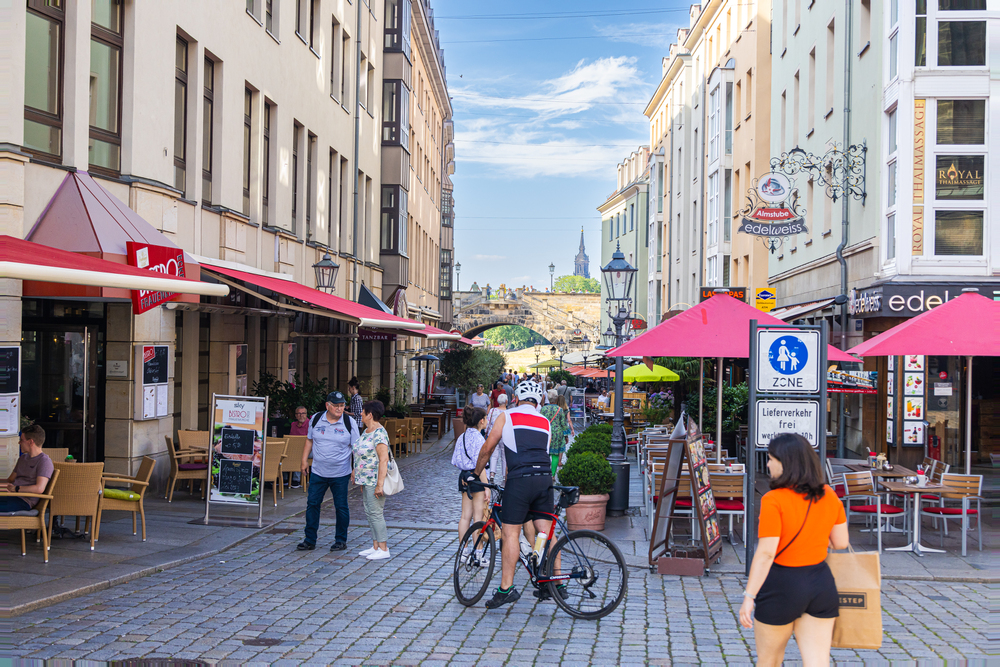
Dresden fostered Die Brücke, the first German Expressionist group that used jagged lines and violent colors to express the alienation of modern urban life. The city’s historic beauty created an ironic backdrop for art that deliberately rejected traditional notions of aesthetic harmony.
Dresden proved that sometimes the most powerful art emerges from the tension between a place’s past and its present reality.
Milan, Italy
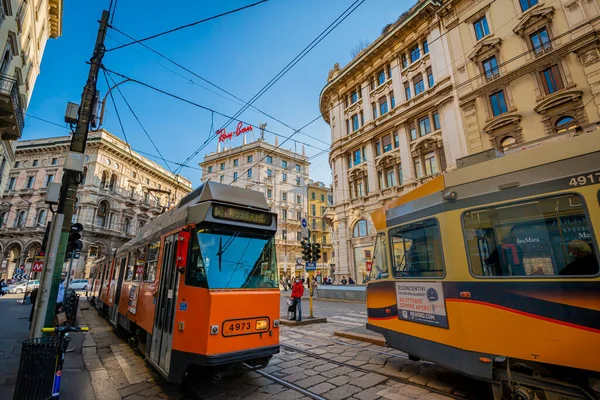
Milan became the launching pad for Futurism, where artists like Umberto Boccioni celebrated the speed and dynamism of modern industrial life. The city’s role as Italy’s economic powerhouse provided the perfect setting for art that worshipped machines, movement, and the future itself.
Milan demonstrated that art movements could be as much about embracing change as they were about preserving tradition.
Zurich, Switzerland
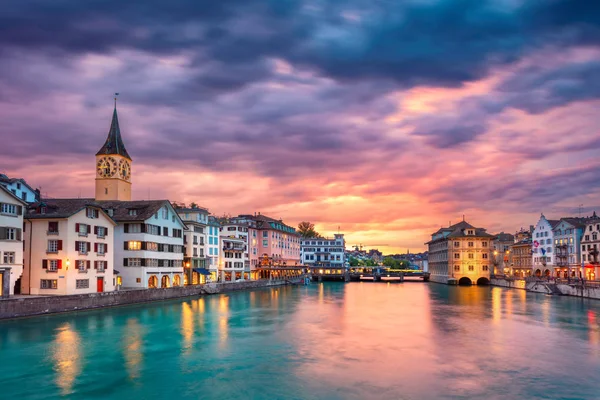
Zurich gave birth to Dada during World War I, when artists at the Cabaret Voltaire created deliberately nonsensical art to protest the absurdity of a world at war. The city’s neutrality during the conflict made it a haven for international artists who channeled their frustration into revolutionary anti-art.
Zurich proved that sometimes the most profound artistic statement is to reject the very idea of art altogether.
Like Travel Pug’s content? Follow us on MSN.
London, England

London became a vital center for British Pop Art in the 1960s, where artists like David Hockney created works that were both sophisticated and accessible to popular culture. The city’s swinging sixties energy and class-consciousness produced art that was cooler and more ironic than its American counterpart.
London showed that Pop Art could maintain British wit and social commentary while embracing the visual language of mass media.
Tokyo, Japan
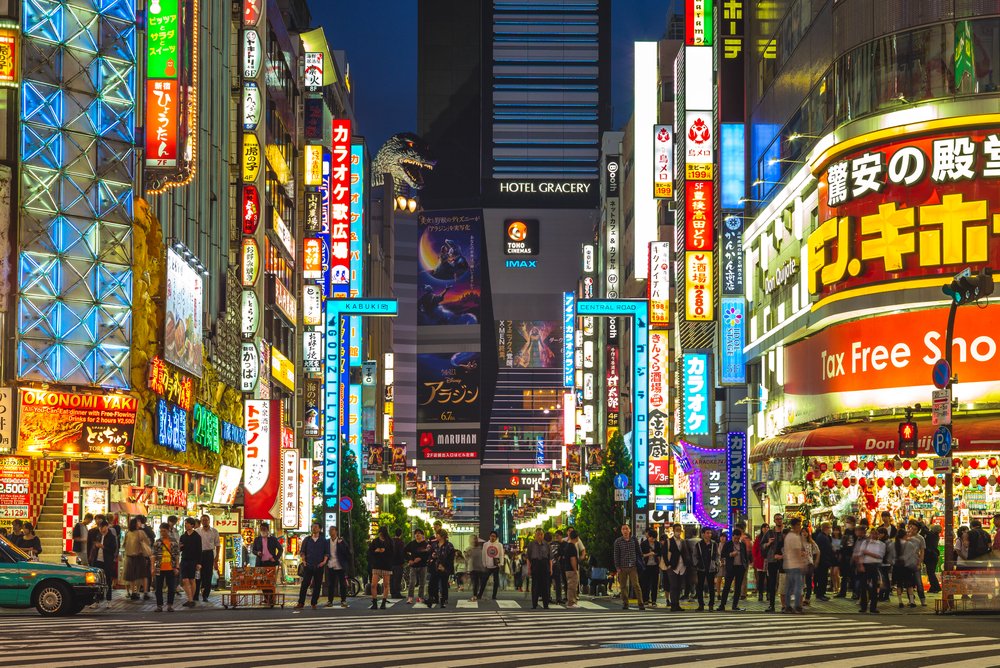
Tokyo developed the Mono-ha movement in the late 1960s, where artists used natural and industrial materials in their raw state to create installations that emphasized the essential properties of matter itself. The city’s rapid post-war reconstruction created a unique tension between traditional Japanese aesthetics and modern materials.
Tokyo demonstrated how Eastern philosophical concepts could be expressed through radically minimal contemporary art forms.
Mexico City, Mexico
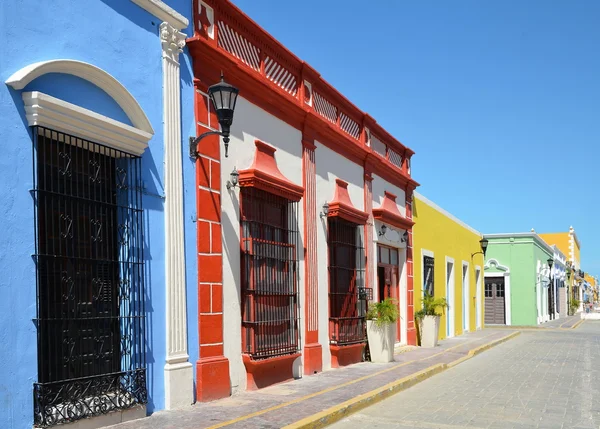
Mexico City became the epicenter of Mexican Muralism, where artists like Diego Rivera created massive public artworks that told the story of Mexican history and revolutionary ideals. The city’s rich indigenous heritage combined with post-revolutionary politics to produce art that was both monumental and deeply accessible to ordinary people.
Mexico City proved that modern art could serve social and political purposes without sacrificing artistic innovation.
Like Travel Pug’s content? Follow us on MSN.
Chicago, USA

Chicago pioneered the integration of architecture and design that would influence modernist movements worldwide, particularly through the Chicago School and later the Bauhaus influence at the Institute of Design. The city’s rebuilding after the Great Fire created opportunities for architectural innovation that treated buildings as functional art.
Chicago showed that modern art movements could emerge from practical problem-solving as much as from abstract theorizing.
Los Angeles, USA
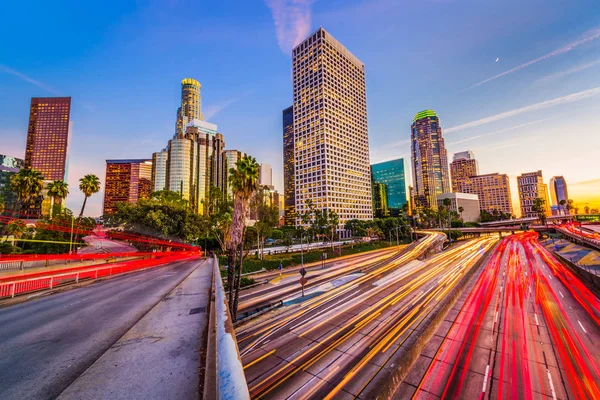
Los Angeles developed the Light and Space movement in the 1960s, where artists like James Turrell used the city’s abundant sunshine and open spaces to create art focused on perception and sensory experience. The city’s car culture and suburban sprawl provided art inspiration that could only exist in that specific environment and light.
Los Angeles proved that American art didn’t have to center on New York—different landscapes could inspire entirely different aesthetic approaches.
São Paulo, Brazil
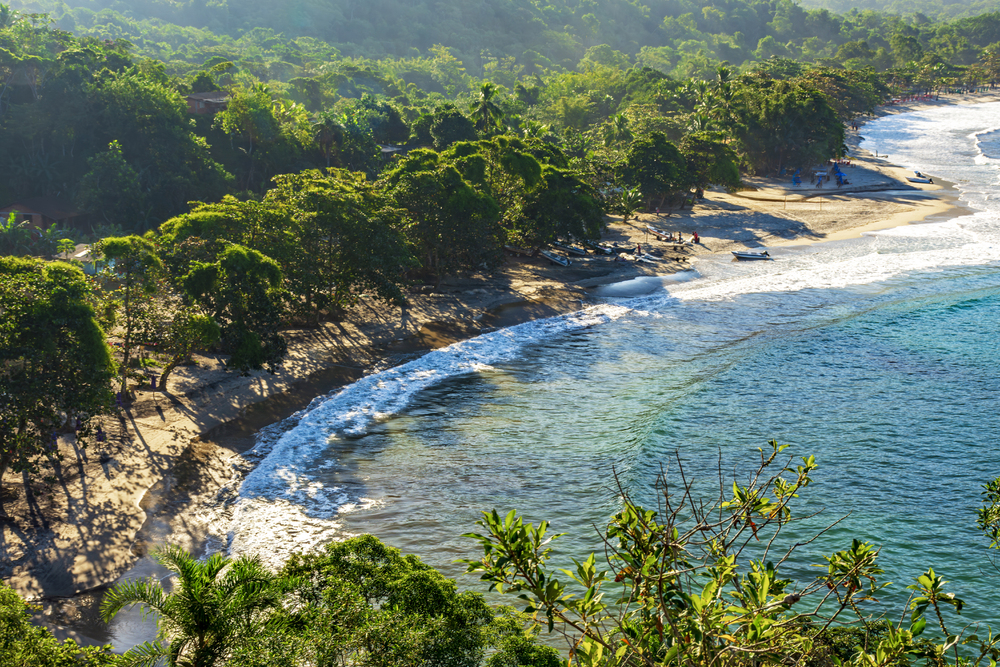
São Paulo became the heart of Brazilian Concrete Art, where artists created geometric works that balanced European modernist influences with distinctly Latin American sensibilities. The city’s rapid growth and cultural diversity provided fertile ground for art that was both internationally sophisticated and locally rooted.
São Paulo demonstrated how modern art movements could develop simultaneously in multiple global centers, each adding their cultural flavor.
Like Travel Pug’s content? Follow us on MSN.
Prague, Czech Republic

Prague nurtured Czech Cubism, a unique architectural and decorative art movement that applied Cubist principles to three-dimensional design in ways that Paris never attempted. The city’s historic architecture created an interesting dialogue between Gothic traditions and radical geometric modernism.
Prague showed that artistic movements could take unexpected directions when they developed in relative isolation from their sources.
Stockholm, Sweden

Stockholm became a center for Nordic modern design and art that emphasized functionality, natural materials, and democratic accessibility. The city’s social democratic values influenced an approach to modernism that was both aesthetically sophisticated and socially conscious.
Stockholm proved that modern art movements could embody national values while maintaining international relevance.
Montreal, Canada

Montreal developed Automatisme, a surrealist-influenced movement where artists like Paul-Émile Borduas created spontaneous abstract works that challenged both artistic and social conventions in conservative 1940s Quebec. The city’s unique position between French and English cultures created tension that fueled artistic rebellion.
Montreal demonstrated how cultural conflict could generate artistic movements that were both locally significant and internationally innovative.
Like Travel Pug’s content? Follow us on MSN.
Where Creative Sparks Still Fly Today
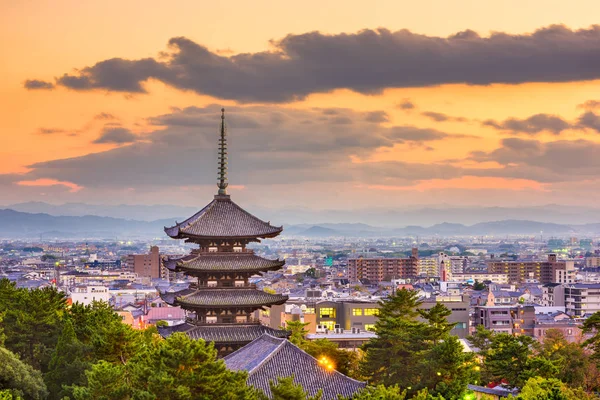
These twenty cities prove that great art movements aren’t accidents—they emerge when the right combination of cultural tension, economic opportunity, and creative freedom converge in a specific place and time. Each city’s unique character shaped the art it produced, from Paris’s café culture nurturing intimate Impressionist conversations to New York’s commercial energy powering Pop Art’s bold statements.
The same urban dynamics that created these historic movements continue operating today in cities like Berlin, Seoul, and Lagos, where new generations of artists are clustering together to challenge existing assumptions about what art can be. The next revolutionary art movement is probably taking shape right now in some affordable neighborhood where young artists are gathering, arguing, and dreaming about how to change the world through creative expression.
More from Travel Pug

- 20 Best Beach Towns in the Carolinas
- 13 Destinations Where Tourists Regularly Regret Their Trip
- 20 Things You Actually Get in First Class
- 20 Small Airports With Aviation Museums
- 20 Places in the U.S. That Are Perfect for a Reset Trip
Like Travel Pug’s content? Follow us on MSN.
